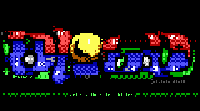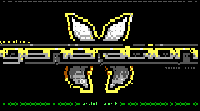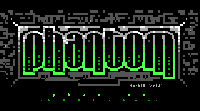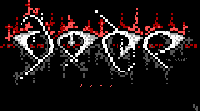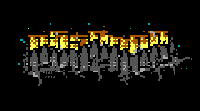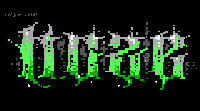
ART:
OTHER:
Main
Feature artist
Glossary
Programs
Links
Guestbook
Heister's Digital Art recommends:

With the advent of MS-DOS 3, came the implementation of a driver known as ANSI.SYS. This allowed the screen to output a spectrum of 16 different colours and 8 different backgrounds.
Many ASCII artists took to the benefits of ANSI and began using it. As ANSI used a universal driver, there was no need to worry about compatibility problems and extended character codes became in use.
Where ANSI art thrived most was in the BBS scene where ANSI art could be displayed to a huge audience. ANSI art groups began growing which specialised in producing advertisements for BBSs. But the decline in the BBS scene to the Internet, has brought about the inevitable decline in the ANSI scene.
These days, the ANSI art scene has faded due to the introduction of the Internet and VGA graphics. ANSI art groups are still thriving but as the Internet takes hold, we see more often the bulk of the art in art packs to be VGA. But as long as there is a BBS scene, there will always be an ANSI art scene.
I'm not really sure how I should present the giant pics as I am having trouble screen capturing them. So here are some standard 25 line logos.
Pros
Tradition: ANSI is the traditional digital art form. If you are a good ANSI artist, you will command respect from all.
Cons
Time consuming: ANSIs take forever to produce. A large piece can take weeks to complete.
Difficulty: While there are specialised programs, ANSI art is an acquired skill which cannot be taught overnight.
